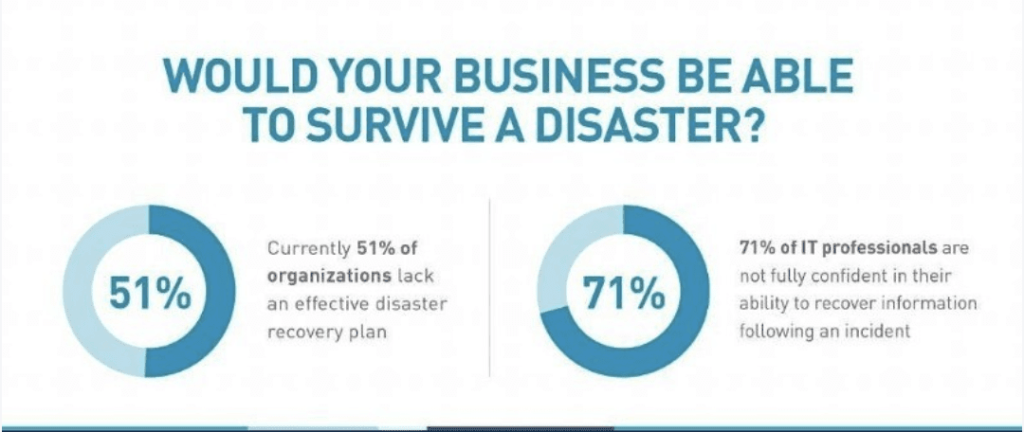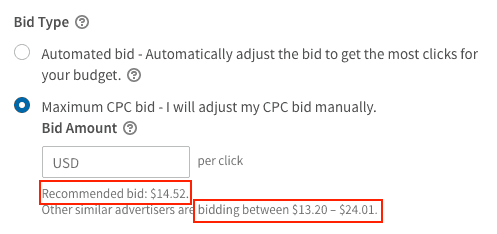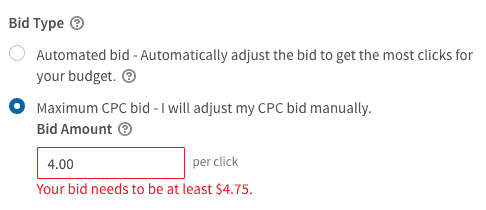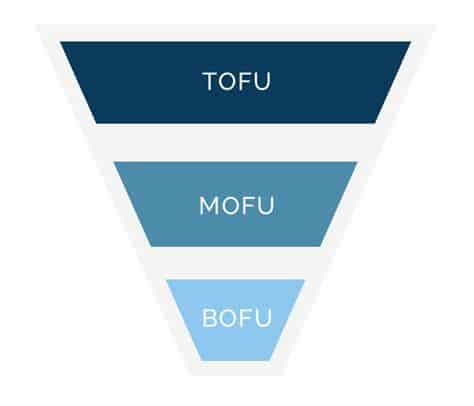According to Foundation Inc, 92% of B2B marketing executives said that LinkedIn was the place they went to find relevant, high-quality content. With over 61 million senior level influencers and 40 million decision makers, the platform is prime targeting ground to reach people to promote your content to.
LinkedIn’s ability to target companies, job functions, and job seniority makes its advertising platform the perfect tool to promote your content. However, the LinkedIn advertising costs are high compared to other platforms such as paid search management, generally between $6-$9/click, which can be a turnoff to many people.
Also, the inability to do ad scheduling means spend will be wasted on unprofitable time periods.Fortunately, there are other ways to control your spend and make sure that you are efficient with your LinkedIn dollars.
Below are seven simple ways to reduce your LinkedIn ad spend:
1. Be Creative With Your Ads
Click-through-rate is an essential percentage to be aware of when reviewing LinkedIn advertising costs. If your ads are not clicked on, they will end up in a lower position in the feed, and your cost-per-conversion will rise.
Not ideal! The easiest way to combat this is by creating attractive ads.
What do I mean by this?
With LinkedIn, two elements you want to focus on are the ad description and image.
For the image, you want a picture that catches a user’s attention on their feed. However, you also want the image to be relevant to the offer that you are promoting.
Putting statistics in the ad image, as well as starting the description with a direct question to the visitor are two tactics that we have seen perform well in LinkedIn.
See below:


Both of these methods help your ad stand out from the ever so familiar stock images, and by using a question in your copy, visitors feel as if they are being understood. These methods are worth testing in your LI strategy.
Higher click-through-rates = more significant CPC discounts by LinkedIn.
2. Choose the Right Audience Size
With LinkedIn having the best targeting of any ad platform, there may be an urge for you to over-target and have too many target parameters for your ideal audience. This would be a HUGE mistake.
While you want your audience to be targeted, you also want enough people to click on your ad to opt into your offer. Keep in mind that unlike social media sites such as Facebook, people only use LinkedIn for a particular reason (looking at posts on industry trends,) and for a small amount of time during their day.
So, to target an audience of only a few thousand, you would have to hope that enough of your target audience is logged into the platform to be able to see your ad in the first place. If your audience is too small, you run the risk of not having enough people to engage with your ad, which will lower click-through rate (CTR) and increase your cost/click.
So, the next time you assemble your LinkedIn target audiences, aim for between 30,000-90,000 people. This is an appropriate audience size that will ensure you are getting clicks on your ads to achieve a stable click-through rate that will lower your ad costs.
3. Bid Low (at least to start with)
When it comes to bidding, what many advertisers do is enter the recommended bid set by LinkedIn:

This is a good option if you want to get an acceptable amount of impressions and clicks, but a better choice is to place the starting bid just above the minimum floor. If LinkedIn’s minimum bid is $4.75 (as pictured below), set the bid to $5.00 to start.

By setting the bid low, and tracking daily spend for the first few days, you can tell if your bid is placed high enough.
If you are not spending your budget throughout the day, your ads are not getting enough reach, so you can raise your bids higher. If you are using all of your spend, then you know you are receiving the right amount of clicks and that your bid is fine as is.
Remember: Bid low and right above the floor for what LinkedIn allows you to do. Monitor your spend levels throughout the first few days. You’ll thank me later!
4. Change to CPM Bidding
The goal on LinkedIn is for your ads to perform above a 1% click-through-rate so you can switch your ads to cost-per-impression(CPM) bidding.
LinkedIn, similar to Google, gives bid discounts on ads that get clicked on. Having above a 1% CTR and switching to CPM bidding will mean you are getting three times the average response rate and bidding below the floor (could be below $1/click).
If you are interested in learning more about how CPM bidding works, check out AJ Wilcox’s blog post on LinkedIn bidding.
5. Break Up Your Audiences
Advertisers new to LinkedIn usually use the following process:
1) Create ads around their offer.
2) Add job titles, seniority and functions they want to target into one campaign.
3) Set budget and run ads.
However, this is a huge mistake.
The problem when you add all targeting parameters to one campaign is that you cannot segment your data. LinkedIn only gives you the performance amongst the entire target audience, not individual job titles, job functions or companies.

Let’s use the target audience above as an example. If you are targeting job functions, instead of lumping together marketing, administrative, finance, and operations, create separate campaigns for each of these job functions.
By separating your audiences this way, you will get more granular data and see which audience your offer is performing well for. This allows you to pause campaigns with poor performing audiences and re-allocate that budget to better-performing ones.
6. Make Sure You Have The Right Offer
Ensuring that you have the appropriate offer for LinkedIn is critical, not only to reduce ad spend but to find success on the platform. To do this, let’s take a look at the content funnel for LinkedIn.

TOFU(Top-of-Funnel) offers – Infographics, blog posts
MOFU(Middle-of-Funnel) offers – Whitepapers, webinars, eBooks, (gated content assets)
BOFU(Bottom-of-Funnel) offers – Trial, demo offer
With LinkedIn, people are at the top of the awareness funnel. Some may have heard of your company or product, but many have not. Offering free trials or demos to people at the top of the awareness stage is a misalignment in intent and will lead to high CPA, low CTR, and overall, low conversion rates.
Also, sending people to infographics and blog posts where personal information is not being collected is a waste of spend and will lead to high spend, high CPA and low conversion rates. Given how expensive LinkedIn advertising costs can get, unless you are receiving a prospect’s contact information in exchange for the content that you offer, it is not worth your time to use the platform.
To decrease CPA and ensure ad spend is not wasted, offer gated content assets that solve a problem related to your product or service. These are lower friction offers where the value still exceeds the cost someone has to pay by putting their personal information into a form.
7. Test Your Advertising Elements on Your Organic Feed
Having a strong organic presence on LinkedIn complements your advertising efforts. By building up a substantial following, you now have a base of people to test your ad copy and offers on. This gives you a good idea of whether or not an offer, image, description will work before you put advertising dollars behind it.
If you are concerned about ad spend, first test your offers, descriptions, images, and headlines amongst your followers. This gives you insight on whether or not people will engage with your paid offers and your spend will not be wasted.
Closing Thoughts
LinkedIn is the best platform for lead generation, being 277% more effective than Facebook and Twitter. High opportunity comes with high LinkedIn advertising costs, but fortunately, there are ways to curb your ad spend on the platform. By following the steps listed above, you will be on your way to lowering costs for the platform.
If you need help optimizing your account, Directive provides PPC management for B2B and enterprise companies. We focus, not only on paid search management but on social channels and directories to reach qualified prospects where they are.
Read our case studies to see how we have helped clients increase their performance in pay-per-click today!
-
Patrick Sakai
Did you enjoy this article?
Share it with someone!
